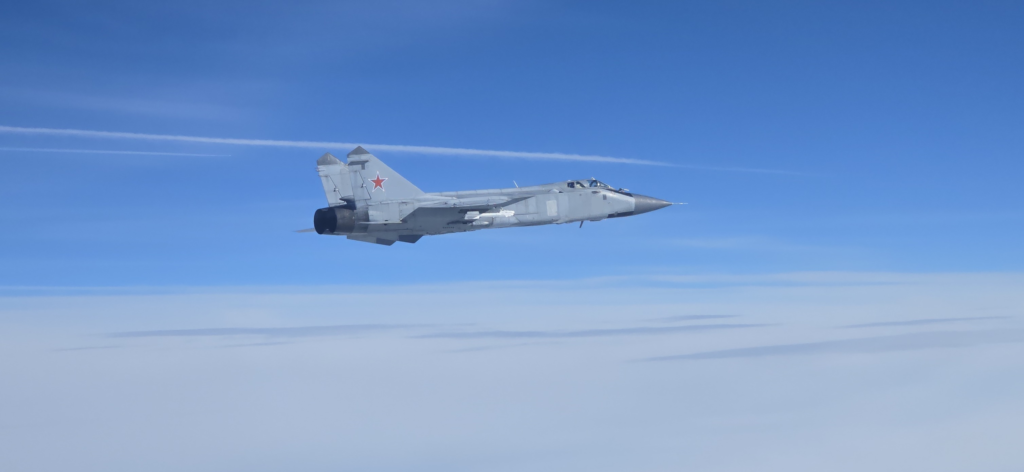In a busy period in the Baltic region; German, Italian and Spanish Air Force detachments, supporting NATO’s Air Policing mission, have scrambled their fighters.
Almost daily, NATO’s three fighter detachments have scrambled in response to potential threats. On September 13, 2024, the Italian Air Force, operating from Šiauliai Air Force Base in Lithuania, were called to respond on three separate occasions within a 24-hour period to identify and monitor aircraft not adhering to normal safety procedures.

A Scramble is triggered when an aircraft is flying an invalid or incorrect flight plan; fails to or loses communication with the relevant air traffic control authority; or fails to communicate with the air traffic control authorities using the transponder, an electronic device that emits a four-digit signal called a “squawk code”.
Since 1st August, ordered by Combined Air Operation Center Uedem (CAOCU), Germany, the Task Force Air – 36th Wing has scrambled 17 times protecting the skies under NATO’s Air Policing mission. The intercept missions were all carried out successfully and conducted professionally in accordance with international rules and protocols.
Ensuring security over the skies 24/7, the Italian Eurofighters in Šiauliai, the German Eurofighter jets operating from Lielvarde, Latvia, and the Spanish F-18 Hornet at Mihail Kogalniceanu Air Base in Romania demonstrate the agility of NATO air assets that are ready to respond to any potential threat to the Alliance.

For 20 years, NATO has been committed to the Baltic Air Policing mission as a regional arrangement of peacetime Air Policing. Demonstrating the ability to share and pool existing capabilities, seventeen Allies have deployed their fighter jets in consecutive detachments safeguarding the skies over the Baltic Sea. Most recently contributing to Allied deterrence and defence on the Eastern Flank.
The steadfast commitment by Allied Air Forces has protected Allied territory and populations in the region and safeguarded NATO airspace. The mission signifies how NATO provides collective security and defence.
(Story by Allied Air Command Public Affairs Office)













1 Comment